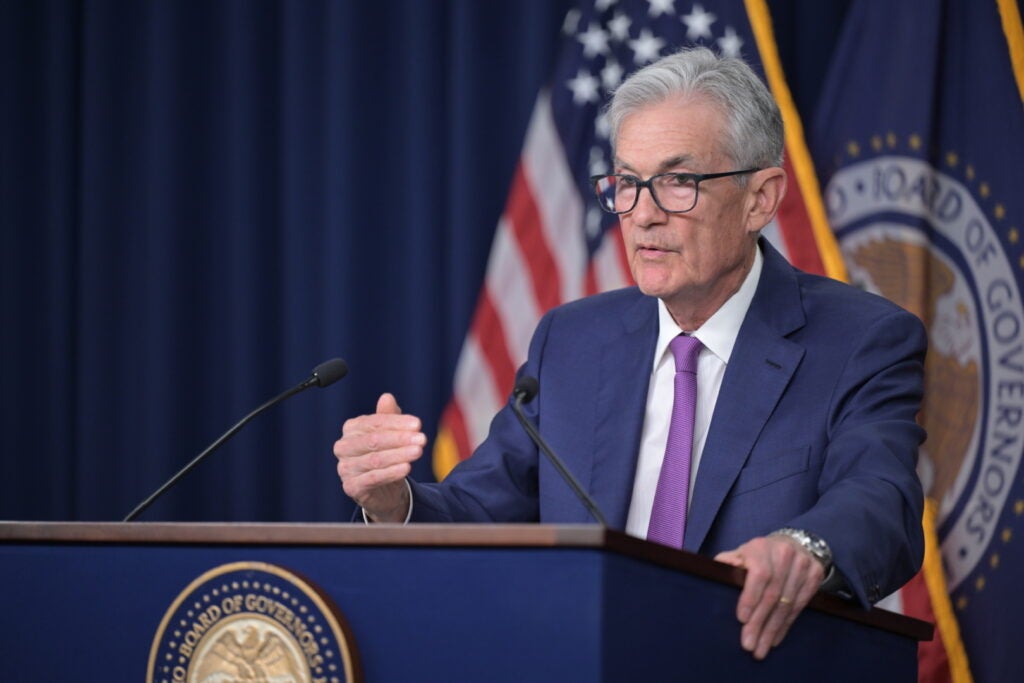Federal Reserve Chair Jerome Powell firmly dismissed speculation Thursday over his potential resignation or removal upon Donald Trump‘s return to the White House, stating the president cannot legally fire the central banker.
At the press conference following the Federal Reserve’s decision to lower the benchmark interest rate by 25 basis points to a target range of 4.5%-4.75%, Powell addressed swirling questions about his future and the Fed reactions after the election results.
When asked “if he asked you to leave, would you go?” Powell responded with a clear “no.”
The president-elect, who has previously criticized Powell for not slashing rates quickly enough, is “not permitted under the law” to fire a central bank governor, stressing the need to preserve Fed’s independence from political will.
The Fed’s approach to setting policy remains reactive to economic data. “We don’t guess, we don’t speculate, and we don’t assume,” he said.
He warned that “U.S. fiscal policy is on an unsustainable path,” though he emphasized that fiscal matters fall outside the Fed's direct control.
Powell also addressed the recent increase in Treasury yields, asserting that the rise likely reflects expectations for stronger economic growth rather than a significant shift in inflation expectations.
Related Link: Fed Cuts Interest Rates To Lowest Since February 2023, Sticks To Data-Driven Path
Fed Rate Cut: ‘Recalibration’ Amid Restrictive Policy
Powell described Thursday’s rate cut as a "further recalibration of policy stance" to support the economy’s strength while continuing the fight against inflation.
He emphasized that despite the reduction, "policy is still restrictive," indicating the Fed's stance is not yet accommodative or neutral.
Powell highlighted the U.S. economy's "robust" expansion, underscored by steady growth and moderating inflation. Despite signs of cooling, the labor market remains solid, with the unemployment rate at 4.1% in October.
Though the October nonfarm payrolls report showed a sharp drop in the pace of job creation — 12,000 compared to 232,000 in September — Powell attributes this decline to strikes and hurricanes rather than fundamental weakness.
Labor market dynamics have shifted over the last year, with wage growth moderating and job openings declining to levels considered more sustainable.
Labor conditions are no longer a significant source of inflationary pressure and wage gains have aligned with the Fed's 2% inflation target, Powell said.
The omission of certain phrases in the November statement — such as “further progress” on disinflation and “the committee had gained greater confidence that inflation was progressing towards its 2% goal” — was not intended to signal a pause or suggest concerns about persistent inflation, he said.
The previous language in the September statement was specific to the rationale behind the initial rate cut at that time, the Fed Chair said.
When asked about the possibility of a December rate cut, Powell declined to give any indication, reiterating that the Fed's decision would be guided by incoming economic data.
Read Next:
Federal Reserve Chair Jerome Powell speaks at a press conference Wednesday, May 1, 2024. Photo courtesy of the Federal Reserve.
© 2024 Benzinga.com. Benzinga does not provide investment advice. All rights reserved.








